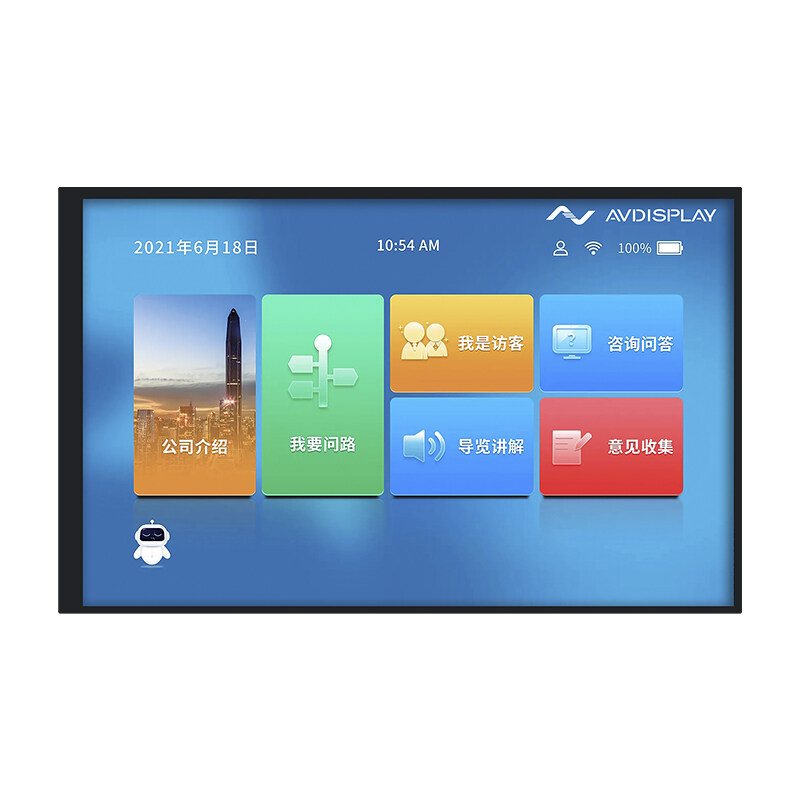Email format error
Email cannot be empty
Email already exists
6-20 characters(letters plus numbers only)
The password is inconsistent
Email format error
Email cannot be empty
Email does not exist
6-20 characters(letters plus numbers only)
The password is inconsistent


When it comes to choosing a display for your device, image quality is often one of the most important factors. Whether you’re using a laptop, tablet, smartphone, or monitor, the sharpness, vibrancy, and clarity of the screen can make a huge difference in your experience. If you’ve been exploring display options, you’ve likely come across the term high-resolution IPS displays. But what exactly makes them special, and why are they becoming the preferred choice for many professionals and tech enthusiasts alike?
In this article, we’ll dive into the world of high-resolution IPS displays, exploring what makes them stand out, how they compare to other types of displays, and why they might be the right choice for your next device.
Before we dive into the concept of high resolution, it’s essential to understand what IPS (In-Plane Switching) technology is. IPS is a type of LCD (Liquid Crystal Display) technology that is known for offering superior color accuracy and wide viewing angles compared to older TN (Twisted Nematic) panels.
How IPS works:
Given these advantages, IPS technology has become the go-to choice for high-quality displays across various devices, from smartphones to professional monitors.
The term high-resolution refers to the pixel density or the total number of pixels that a screen can display. A higher resolution means more pixels packed into the same screen size, resulting in a sharper, clearer image with finer details. Resolution is typically represented in terms of width x height, for example:
High-resolution displays are particularly important for tasks such as photo editing, video production, and gaming, where pixel-perfect accuracy and fine details are crucial.
Now that we understand what IPS technology and high resolution are, let’s explore why high-resolution IPS displays are so highly sought after.
One of the standout features of high-resolution IPS displays is their color accuracy. Whether you’re working on digital art, editing photos, or watching high-definition videos, accurate color representation is crucial. IPS technology is already known for its superior color consistency compared to TN or VA panels, and when paired with a high resolution, the results are stunning.
The higher the resolution, the sharper the image. If you're using your device for creative work or enjoying high-definition content, a high-resolution IPS display provides unparalleled clarity. Whether you’re reading fine text on a website or playing a 4K game, the increased pixel density makes everything appear more detailed.
High-resolution IPS displays shine when it comes to viewing angles. One of the main downsides of older LCD technologies like TN panels is that the image quality deteriorates when viewed from an angle. This isn’t an issue with IPS panels, which maintain consistent brightness and color even when viewed from the side.
While IPS panels aren’t always as fast as TN panels (which are popular in competitive gaming monitors), modern high-resolution IPS displays have made significant improvements in response times and refresh rates. With gaming becoming more graphically intensive, a high-resolution IPS display can deliver a better overall experience without compromising on speed.
When shopping for a high-resolution IPS display, there are a few key factors to consider to ensure you're getting the best display for your needs:
Decide what resolution works best for your needs. If you need ultra-sharp visuals for creative work or entertainment, 4K or even 8K might be necessary. For general productivity, Full HD (1080p) or Quad HD (1440p) may suffice.
Larger screens tend to be better suited for high resolutions, as the pixel density remains high without becoming pixelated. 27-inch monitors with 1440p resolution, for example, provide excellent image clarity.
If you're a gamer or involved in fast-paced work, consider the refresh rate and response time. High refresh rates (like 120Hz or higher) and low response times ensure smooth, blur-free action.
For professional work, look for displays with a wide color gamut (such as Adobe RGB or DCI-P3) to ensure the display can show more colors accurately. Many high-quality IPS displays also come factory-calibrated for accurate color representation.
If you care about image quality, color accuracy, and sharpness, then a high-resolution IPS display is a clear winner. Whether you're a professional in the creative industry, a gamer looking for an immersive experience, or simply someone who appreciates stunning visuals, these displays offer the best of both worlds: crisp, clear images and vibrant colors.
At AVD, we offer a range of high-resolution IPS displays designed to meet your specific needs—whether for work, entertainment, or gaming. Our displays are crafted for professional use, ensuring color accuracy, smooth performance, and incredible detail. Reach out today to discover the perfect display solution for you!